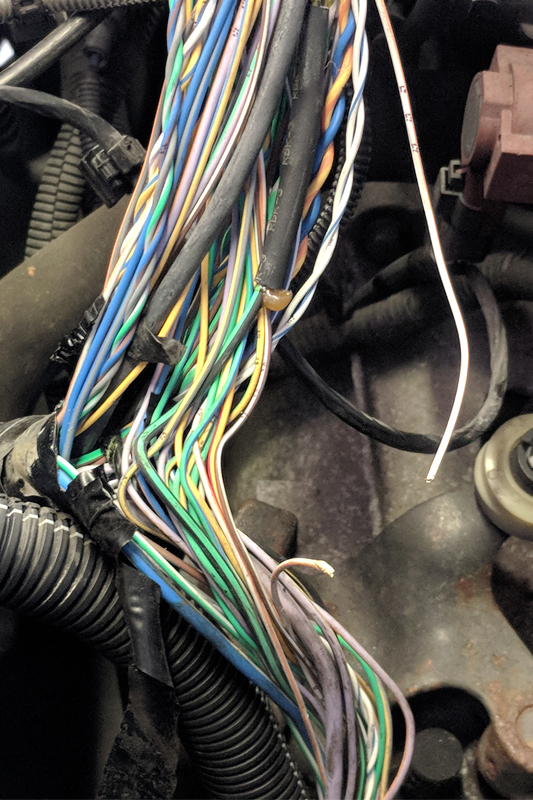PMM has enlisted technician, Darren Cotton, to attend the full range of course modules on the Bosch Diagnostic Technician Programme. On his latest visit to Bosch, Darren took part in VSB 26: Automotive Air Conditioning System Diagnosis.
This two-day course contains practice and theory elements, and provides delegates with the underpinning knowledge and practical skills required for air conditioning refrigerant service on passenger cars. This course also covers refrigerant handling procedures and safe working practise with vehicle air conditioning systems in accordance with the standard specified by current legislative conditions.
Day one started off with management of health and safety. Delegates were made sure they understood the safety procedures to follow when using any refrigerant. The control of substances hazardous to health (COSHH) was explained, and the certain essential safety measures taken to identify and control the use of any substance used in the place of business.
The current refrigerants designed and used by OEMs are R134a and R1234yf. Refrigerant properties were an interesting subject for me; breaking down the characteristics of these refrigerants, and now knowing what effects they have on the greenhouse effect and global warming potential (GWP), I can understand why changes are being made. Particularly why we are now using R1234yf, as it’s a hydrofluoroolefin and chlorine free.
The training facilitator covered in detail the few types of systems we operate in our vehicles, giving the delegates a good understanding of the operation and overview of air conditioning systems. Following our training manuals, which set out certain tasks to follow, we split into two groups in the workshop area and then carried out certain tests on a demonstration test rig. The test rigs are Thermal Expansion Valve (TXV) systems, which made it easier to follow the process as all the components are accessible, and you can see the cycle of compression, condensation, expansion and evaporation.
Back in the classroom we were given an explanation of the component types and their internal workings. Compressor types, such as vane, scroll, variable displacement and high voltage, were discussed in detail by the training facilitator. Understanding the purpose of a condenser, how heat is removed from the refrigerant, the change of state from a gas to a liquid and the process of latent heat being given up as the gas condenses, was very useful. Being explained the procedure has helped me in my fault-finding process. The delegates were shown and taught about the operation of receiver driers and how it filters, extracts and stores, as well as when and how to replace the component. The trainer explained in detail why we use coaxial line, including its advantages.
The fixed orifice tube (FOT) refrigerant system was also covered in detail. The delegates had the opportunity to see this component as it was passed round, whilst the trainer explained the operation of the fixed tube, pointing out the atomising screen, the calibrated orifice, and the low and high- pressure sections.
The trainer went through the electrical system and pressure control of the air conditioning system, how to test and check low and high-pressure switches and the compressor clutch (including variable displacement). Next was pressure diagnosis, particularly understanding how to use the pressure gauges on your A/C machine to help diagnose a fault. The final element was leak detection – how to do this in the correct manner, by identifying the systems refrigerant using an identifier, and then carrying out a performance test.
Overall this course has taught me a great deal, even though I have been doing air conditioning for some years, I have taken a lot from this. My diagnostic approach to A/C faults has changed and I’m definitely more confident. The training facilitator delivered the course in a detailed and concise manner, taking the time to make sure the delegates understood. It is a course well worth undertaking if you work with air conditioning.
Back at my workshop and I have had plenty of chances to put this training to use. First of all was a Ford S-Max with no compressor operation. Combining knowledge gained on this and previous courses taught at Bosch, I was able to quickly track down a broken wire (see below).

Recently, we had a Nissan Qashqai in which had been recharged by other garages only for the system to stop working months later and have no system pressure. Instead of just recharging system and sending it on its way, I carried out a leak detection test. Although the system held good pressure for over thirty minutes, I did find a small leak. The system was repaired with a new seal and rechecked before being recharged (see below).











